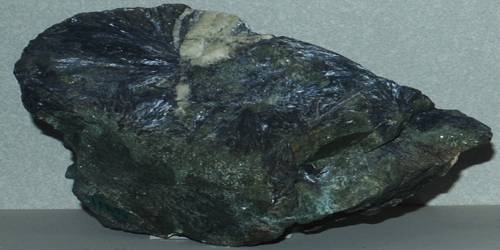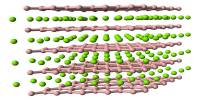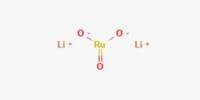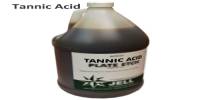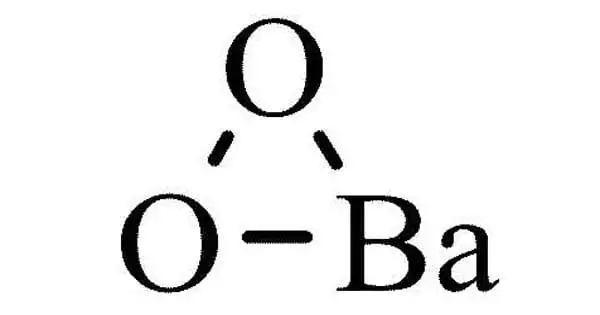Glaucophane is the name of a mineral and a mineral group belonging to the sodic amphibole supergroup of the double chain inosilicates, with the chemical formula- Na2(Mg3Al2)Si8O22(OH)2. It is the magnesium rich member and ferroglaucophane is the iron rich member. Ferroglaucophane is similar to glaucophane but is denser, generally darker in color with a diminished pearly luster. It is not Radioactive.
It is named for its typical blue color. In Greek, glaucophane means “blue appearing”. As the major mineral component, it is glaucophane’s color that gives the “blueschist” metamorphic rock type its name.
General Information
- Category: Inosilicates (Sodic amphibole group)
- Formula: Na2(Mg3Al2)Si8O22(OH)2
- Crystal system: Monoclinic.
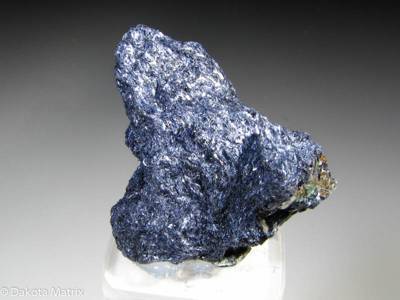
Properties
It is formed typically in a highly metamorphic zone known by the geologic term blueschist facies. This facies forms from material caught under subduction zones in mountain belt regions.
- Color: Gray, navy blue, lavender-blue
- Crystal habit: slender long prisms, Massive granular to columnar
- Cleavage: Good on [110] and on [001]
- Fracture: Brittle – conchoidal
- Mohs scale hardness: 6.0 – 6.5
- Luster: Vitreous – pearly
- Streak: Grayish blue
- Diaphaneity: Translucent
- Specific gravity: 3 – 3.15.
Occurrence
The blueschist metamorphic facies gets its name from abundant blue minerals glaucophane and lawsonite. Glaucophane generally forms in blueschist metamorphic rocks of gabbroic or basaltic composition that are rich in sodium and have experienced low temperature-high pressure metamorphism such as would occur along a subduction zone.
This material has undergone intense pressure and moderate heat as it was subducted downward toward the mantle. Glaucophane is also found in eclogites that have undergone retrograde metamorphism.
There is also a rare amphibole called holmquistite, chemical formula Li2Mg3Al2Si8O22(OH)2, which occurs only in lithium-rich continental rocks. For many years, holmquistite was mistaken for glaucophane, as the two look identical in thin section.
Information Source;
